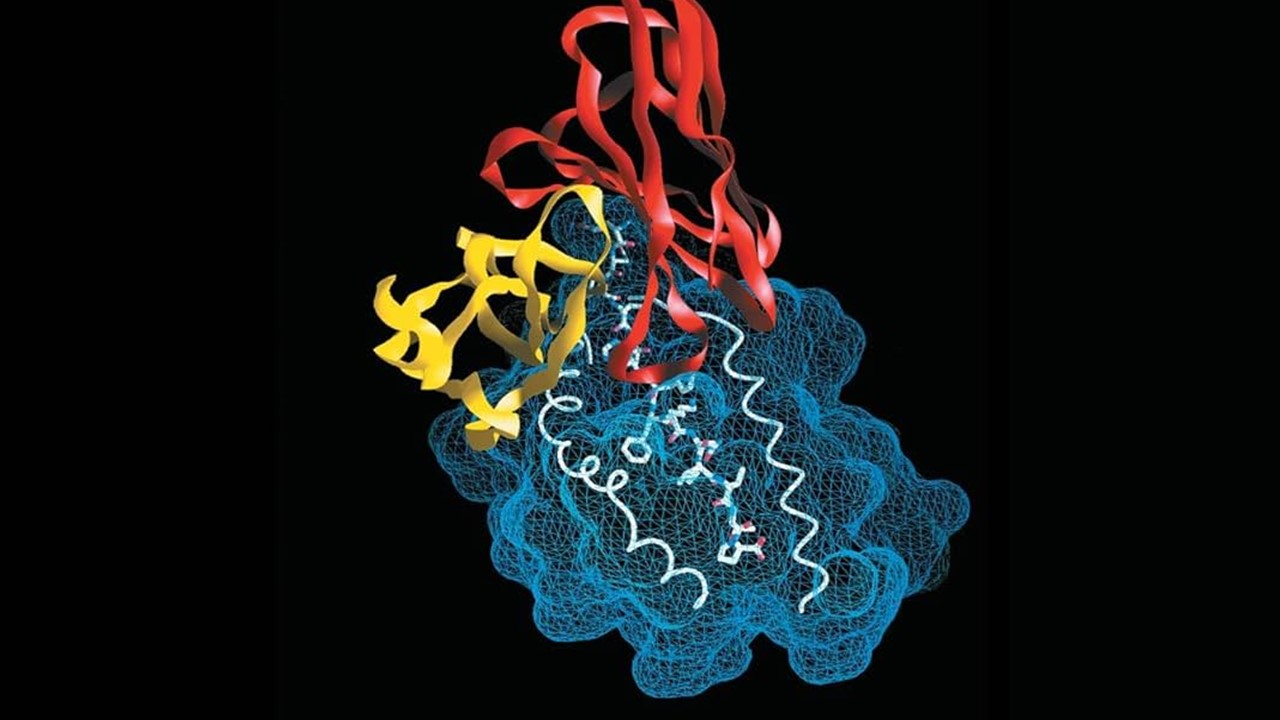Artificial Intelligence (AI) has permeated diverse domains, catalyzing innovation and transforming industries. Within medicinal chemistry and cheminformatics, AI has brought about a paradigm shift by introducing groundbreaking tools and methodologies for drug discovery. This article delves into the remarkable contributions of AI, elucidating its pivotal role in advancing medicinal chemistry and cheminformatics.
Molecular Fingerprints: Simplifying Complexity
Molecular Fingerprints Unraveled
Molecular fingerprints represent the cornerstone of AI-driven drug discovery and cheminformatics. These binary or count-based representations encode the intricate chemical structures into a format that AI models can efficiently process. Each bit within a molecular fingerprint signifies the presence or absence of specific substructures or properties within a molecule. This digitized abstraction simplifies complex molecular structures into standardized vectors, thus enabling efficient searches within vast molecular databases.
Classifying Molecular Fingerprints
Molecular fingerprints encompass various classes, including substructure-based, topological, circular, and pharmacophore fingerprints. Substructure-based fingerprints focus on detecting specific substructures within compounds. Topological fingerprints elucidate connectivity routes between atoms, while circular fingerprints encapsulate atom connectivity in a radial manner. Pharmacophore fingerprints encode atoms based on pharmacophoric functional groups and atom bonds. The diversity of these fingerprint classes equips researchers with versatile tools for different cheminformatics tasks.
Applications of Molecular Fingerprints
Molecular fingerprints serve multifaceted purposes, from calculating molecular similarity and clustering molecules to predicting the properties or activities of new compounds. These fingerprints also act as input features for machine learning models, facilitating the prediction of properties or activities based on learned patterns within the fingerprints. Despite their utility, molecular fingerprints often lack biological context and 3D information, necessitating the development of supplementary approaches such as atom pair 3D fingerprints and protein-ligand interaction fingerprints.
Deep Generative Models for Molecular Design: Pioneering Novel Compounds
Unlocking the Potential of Deep Generative Models
Deep generative models, a form of neural network, have emerged as a formidable force in de novo molecular design. De novo design involves the computational generation of novel molecules with desired properties, leveraging existing data to predict promising or biologically active compounds. These models, trained on extensive molecular databases, learn intricate patterns and structures within the data, enabling them to create new molecules that align with specified pharmacological properties.
The Arsenal of Deep Learning Algorithms
Various deep learning algorithms, including recurrent neural networks (RNNs), variational autoencoders (VAEs), and generative adversarial networks (GANs), have been harnessed for de novo molecular design. RNNs excel in sequence modeling and generation, while VAEs learn a low-dimensional latent space to generate novel chemical structures. GANs, with their generator-discriminator framework, create new molecules based on patterns in training data. These algorithms collectively empower researchers to explore uncharted chemical spaces with unparalleled creativity.
Challenges and Promises
While deep generative models hold immense potential, there exists a pressing need to confront the challenge of interpretability in order to fully harness the benefits they offer to drug discovery. The black-box nature of these models, often characterized by complex and inscrutable internal mechanisms, poses a formidable obstacle to understanding the rationale behind their generated molecular designs. Overcoming this hurdle requires concerted efforts to develop interpretable deep generative models that elucidate the relationships between molecular structures and desired properties, ensuring that researchers can trust and refine the results. Nonetheless, it is imperative to underscore that despite these interpretability challenges, the early triumphs achieved through deep generative models have undeniably blazed a trail for groundbreaking and imaginative approaches within the realm of drug discovery, setting the stage for transformative advancements that hold the promise of revolutionizing pharmaceutical research and healthcare.
Prediction of Drug–Target Interaction (DTI): A Pillar of Drug Discovery
Deciphering Drug-Target Interaction
The efficacy of drugs lies in their ability to interact with target proteins, a phenomenon known as drug-target interaction (DTI). This intricate interplay involves ligands binding to protein pockets, inducing changes in physiological activity. Traditional drug discovery adhered to a simplistic “one molecule–one target–one disease” paradigm, but complex diseases often necessitate interventions at multiple levels. Herein, DTI research plays a pivotal role in understanding drug effects, side effects, repositioning, and resistance.
AI’s Transformative Role in DTI
AI has revolutionized DTI research, especially in target identification and virtual screening. Machine learning algorithms adopt a distinct approach, generating statistical models based on known protein-ligand configurations and physicochemical characteristics. These models predict existing ligand binding sites, binding affinities, and binding poses, streamlining drug discovery processes.
Conclusion
In the ever-evolving landscape of medicinal chemistry and cheminformatics, AI emerges as a formidable catalyst for innovation. Molecular fingerprints, deep generative models, and DTI predictions exemplify AI’s transformative potential, offering researchers unprecedented tools to expedite drug discovery and address unmet medical needs. As AI continues to evolve, its integration into these fields promises to revolutionize healthcare and usher in a new era of drug development.
Engr. Dex Marco Tiu Guibelondo, B.Sc. Pharm, R.Ph., B.Sc. CpE
Subscribe
to get our
LATEST NEWS
Related Posts

Medicinal Chemistry & Pharmacology
Aerogel Pharmaceutics Reimagined: How Chitosan-Based Aerogels and Hybrid Computational Models Are Reshaping Nasal Drug Delivery Systems
Simulating with precision and formulating with insight, the future of pharmacology becomes not just predictive but programmable, one cell at a time.

Medicinal Chemistry & Pharmacology
Coprocessed for Compression: Reengineering Metformin Hydrochloride with Hydroxypropyl Cellulose via Coprecipitation for Direct Compression Enhancement
In manufacturing, minimizing granulation lines, drying tunnels, and multiple milling stages reduces equipment costs, process footprint, and energy consumption.

Medicinal Chemistry & Pharmacology
Decoding Molecular Libraries: Error-Resilient Sequencing Analysis and Multidimensional Pattern Recognition
tagFinder exemplifies the convergence of computational innovation and chemical biology, offering a robust framework to navigate the complexities of DNA-encoded science
Read More Articles
Magnetic Nanoengineering: Overcoming Biological Variability and Enhancing Therapeutic Precision
The future of nanomedicine lies in harmonizing precision, accessibility, and ecological responsibility, ushering in an era where therapies are tailored to individual biological landscapes.












